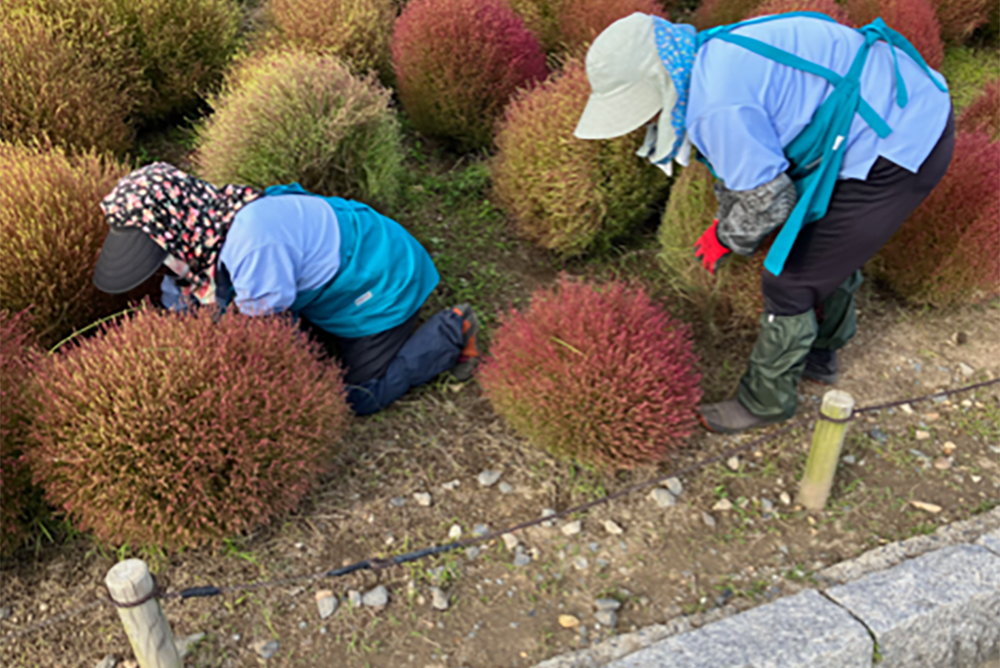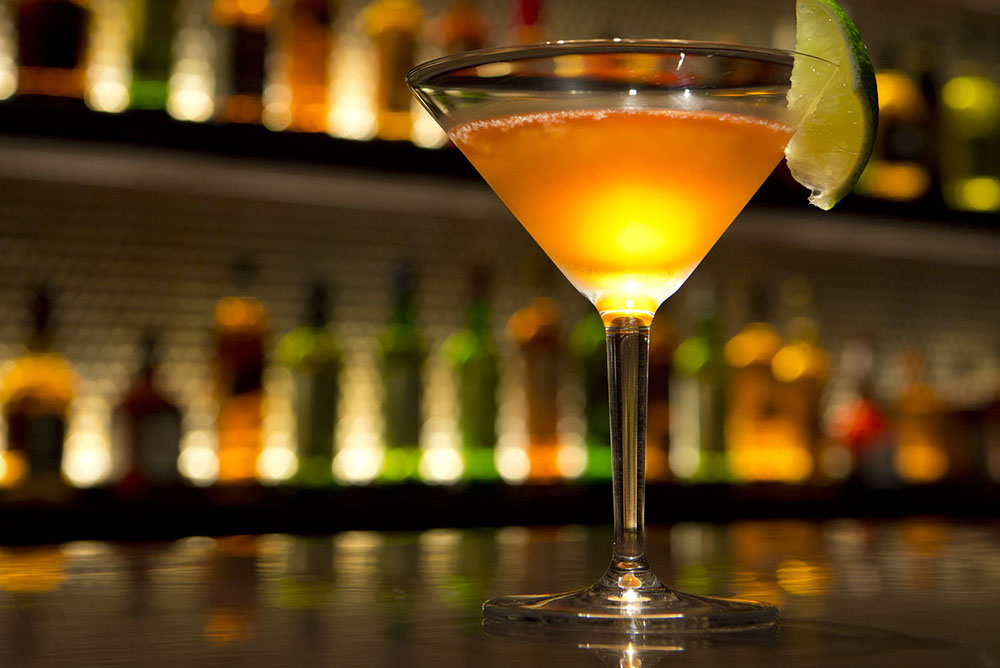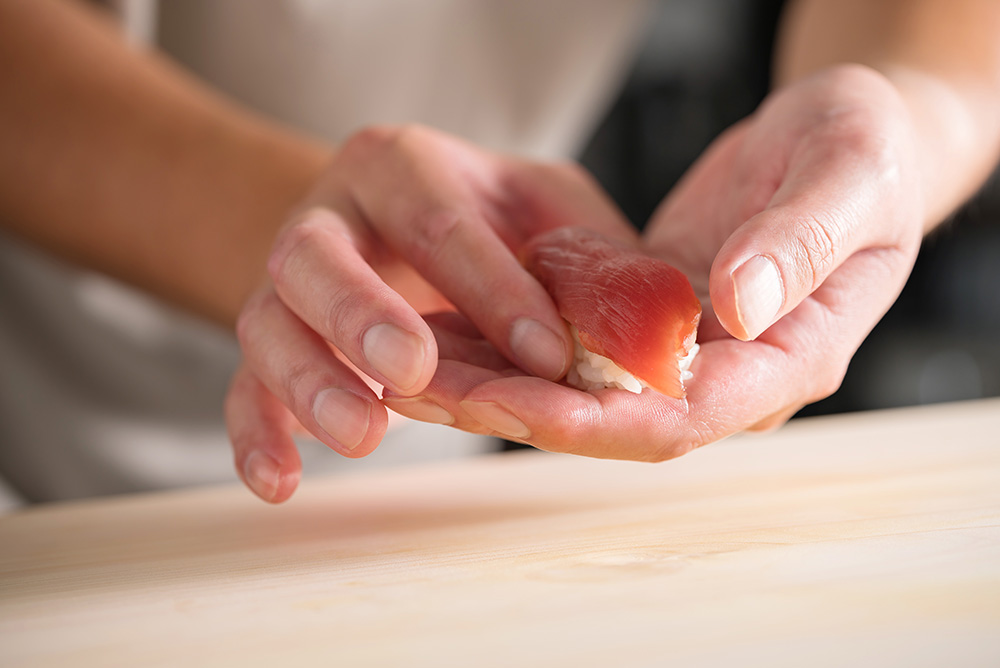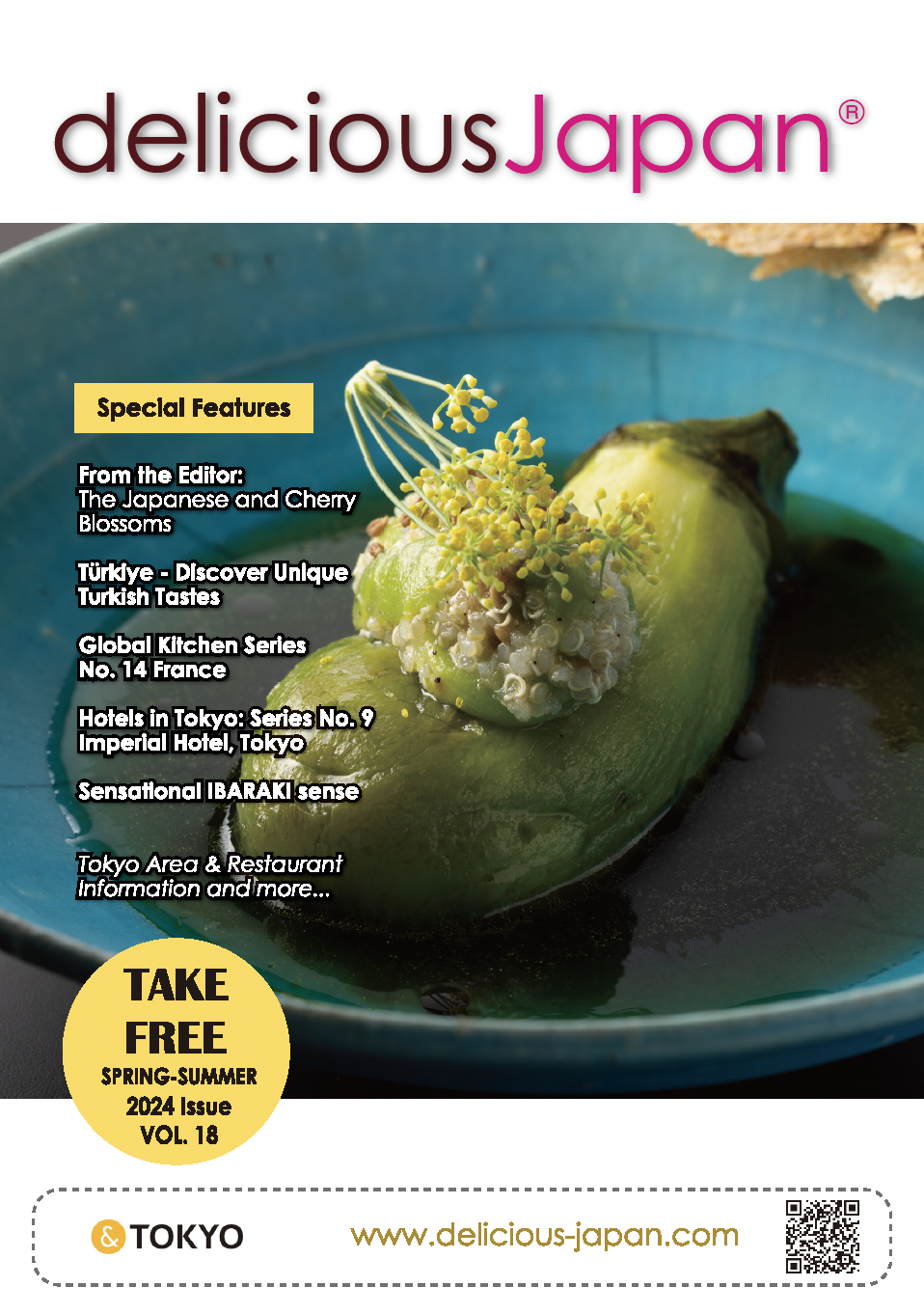
Hochoshiki Ceremonial Carving
Wearing an ancient Japanese mass clothes or Heian-era informal noble’s clothes and sitting in front of a large chopping board, he holds the carving knife in the right hand and chopsticks in the left, to carve and arrange ingredients without touching them by hand. The ceremonial carving and offering of a carp in a shinto rite to pray for good harvests and peace is carried on as part of the New Year’s ceremonies in late January every year.
On January 28, 2016, a shijoryu-style first carving ceremony was performed at the Meiji Shrine. The Shijotsukasake is a family line that has practiced this culinary art for over a thousand years, dating back to the Heian Era. The current head is Shijo Takahiko, 41st of the line. The hocho cooking knives that have supported Japan’s food culture have a greater significance than just cutting tools. They are sacred tools that receive the lives of living things and transform them into food.
Accompanied by gagaku music played on traditional Japanese instruments, the whiterobed chief priest purifies a large wooden cutting board placed on the ground, then places a single carp on the board as the food to be cut. The carp has traditionally been held in highest esteem in Japan, and is widely used in religious ceremonies. After that, the current Mr. Shijo, clad in Heian-era robes, makes a stately entrance and sits before the cutting board.
The difficulty of the hocho cutting techniques tends to attract attention, but the ceremony is certainly not a show. Refraining from touching the ingredients by hand is a hygienic food preparation technique, and a rational cultural tradition.
The movements of Mr. Shijo, as he offers a prayer with every cut, are graceful and solemn. It is more like a dance than like cooking. As the audience concentrate on each individual motion, the carp is transformed in no time into beautiful cuts arrayed on a ceremonial stand.
TThe white-robed priest carries the stand reverently in both hands, and presents it as an offering to the gods, bringing the ceremony to a close.
This is a moment to intimately experience the reverence for the act of humbly receiving a life, which flows at the roots of Japanese culinary tradition.





